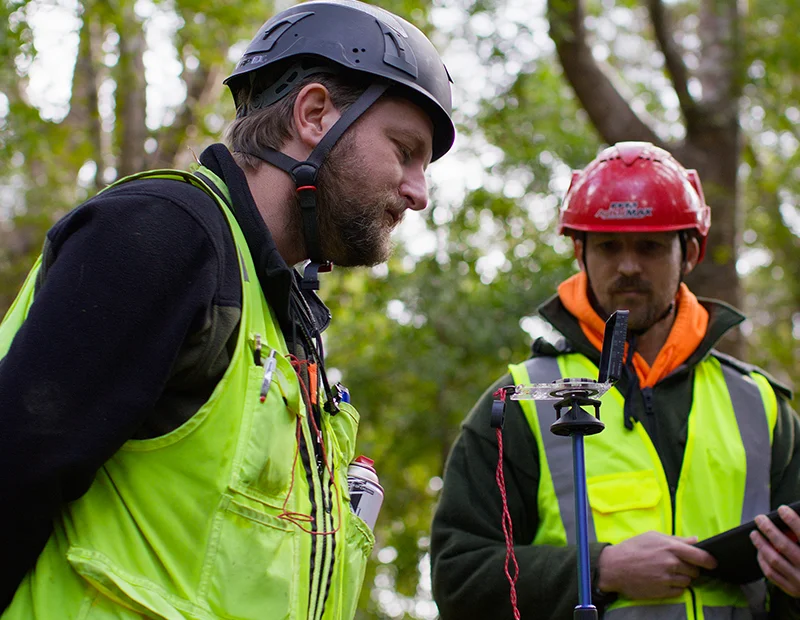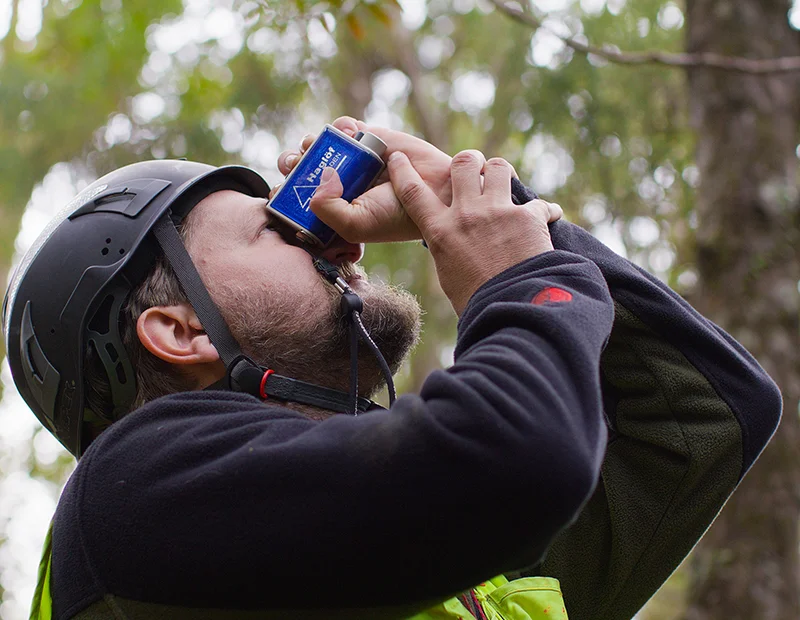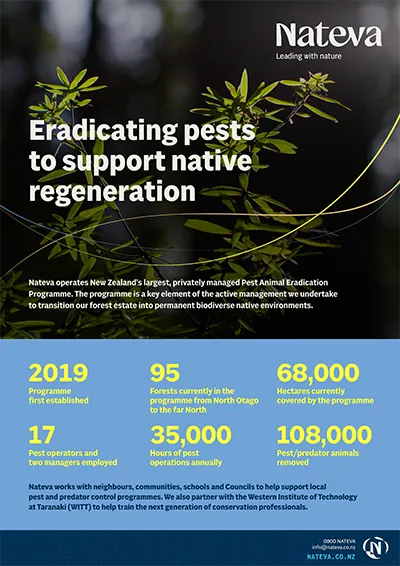REGENERATION
Restoring native environments
One of the unique elements of Nateva’s programme is the innovative application of regeneration science at scale.
Regeneration is a naturally occurring ecological process of forest succession, within an active and adaptive forestry management regime. Fast-growing pioneer trees provide the right conditions for a slower growing and more complex forest, allowing a range of species to become established as part of a biodiverse ecosystem.


Why regeneration works
The fast-growing exotic trees planted as a nurse crop rapidly absorb carbon from the atmosphere.
Exotic trees remove carbon:
5-10x
faster than newly planted natives
70+
over the next 7 decades
The science of regeneration
Over 50 years of local scientific research supports the process of regeneration.
Nateva has had an independent team of forest scientists working on its regeneration programme for the last five years. Their findings, and the wider research undertaken in a New Zealand setting, is guiding the operationalisation of active management for regeneration at scale.
Managing the forest’s regeneration
To accelerate and support the natural regeneration process, we tailor a site-specific programme of long-term active management and a range of planned interventions. The programme is tailored to each individual site.

Site selection
Permanent regeneration forestry is a targeted use for otherwise low-productivity areas – land that is steep, erosion-prone, hard to get to and difficult to maintain for its current harvest management regime. This makes it the ideal alternative for erosion prone land that is better suited to permanent forestry.
Pest management
To protect the health of the exotic nurse crop and – critically – the growth and development of native species, a comprehensive and professionally-managed pest management programme is vital. Nateva currently invests more than $2 million per annum in the largest private pest management operation in New Zealand. As part of the programme, predator control – to remove animals like rats, stoats, weasels and hedgehogs through humane and effective trapping – not only supports regeneration but also significantly enhances biodiversity in the forest.
Light control
One of the keys to native regeneration is the role – and, where required, the management – of the forest canopy and the introduction of light to the forest floor. To support the restoration process, Variable Density Thinning (VDT) and the creation of lightwells are used to manage the forest canopy.
Supplementary seed sources
Selecting forests with remanent native seed sources, located close to the site, is important to the regeneration process. To support forest succession, targeted native enrichment planting can also be established within the site as required. Based on extensive research of each site, its history and the local environment, this targeted native enrichment planting helps reintroduce a range of native species. In particular, the supplementary planting process focuses on slower growing canopy species, which will eventually form an important part of the long-term structure of the restored forest.
Fire management
Fire mitigation planning starts from the design stage of each forest. As well as ensuring appropriate firebreaks are present, other measures include the identification of water sources, and targeted grazing, thinning and targeted fuel reduction in key areas, and the introduction of low-flammability native species in sensitive areas.